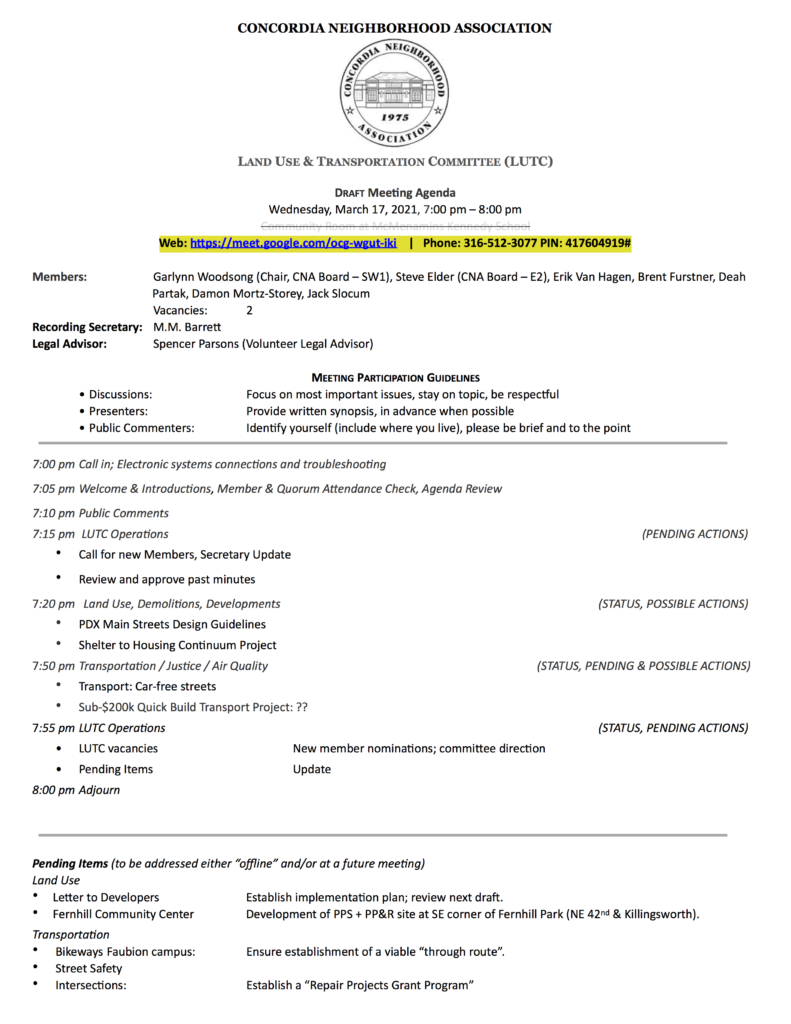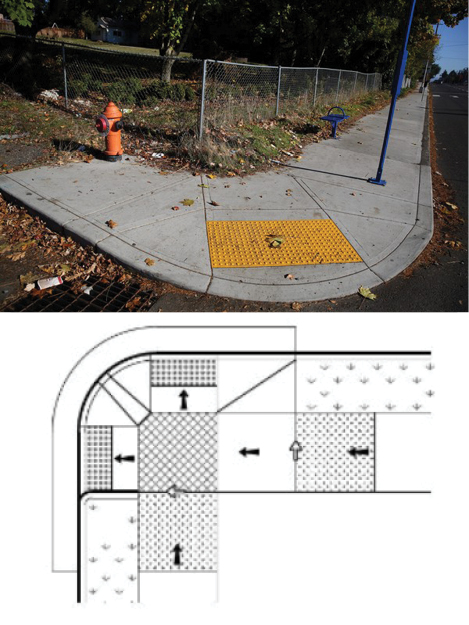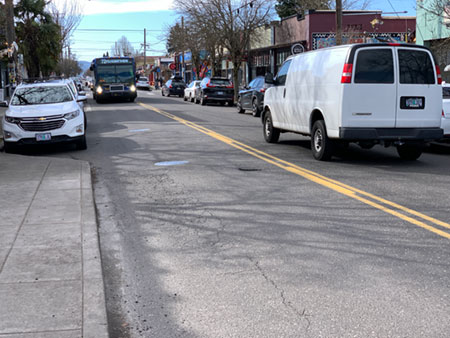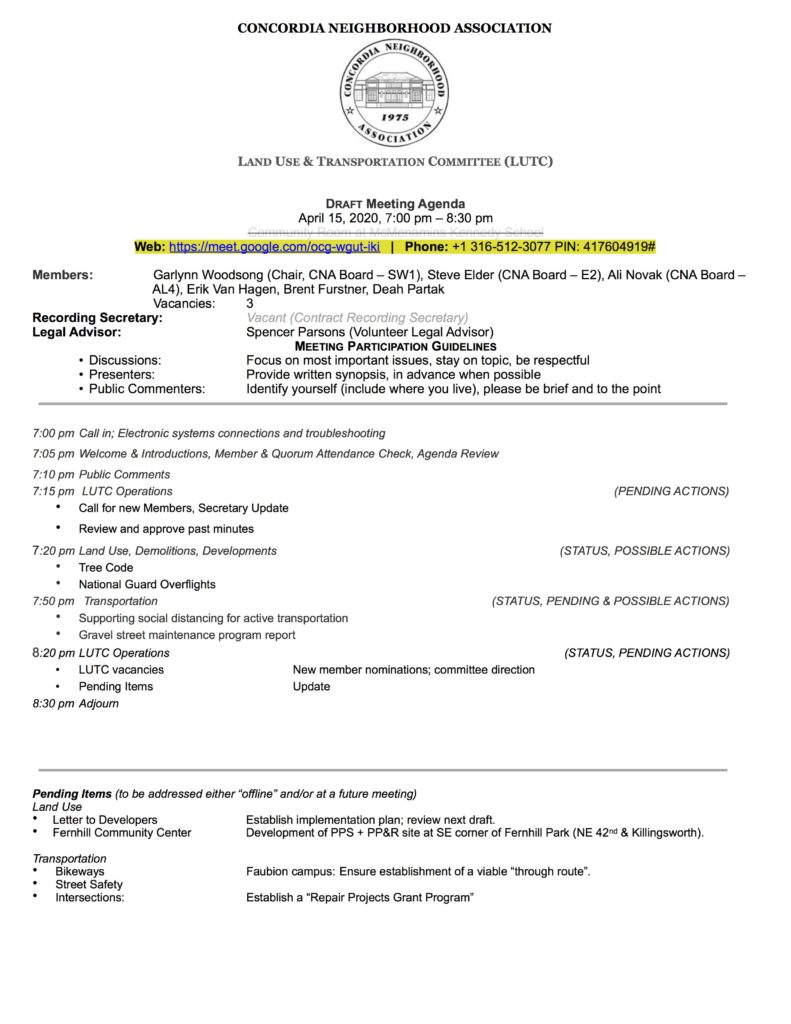By Garlynn Woodsong | CNA Board Member, SW1 CNA LUTC Chair
The concept of communitybased design standards refers to clearly-understandable regulations that govern the form of new buildings and that are developed through community-based conversations.
The Design Overlay Zone Amendments (DOZA) project is scheduled for a Portland City Council hearing May 12. It’s the first major overhaul of city design standards and guidelines in 30 years, and it would:.
- Eliminate use standards that previously regulated certain design elements for a specific set of project types in the Concordia neighborhood
- Rewrite zoning code language, including a new set of citywide design guidelines, for the zones that apply to Portland’s centers and corridors, like Alberta Street west of 25th Avenue, among others.
Although DOZA guidelines were shared in draft form with neighbors, the updated standards haven’t and – for that reason alone – don’t adhere to the concept of community-based design standards.
The DOZA project will leave the entire neighborhood without any sort of context-sensitive building design regulations, including the entirety of the residential zones, as well as the main streets along Alberta Street, 42nd Avenue, and at 30th Avenue and Killingsworth Street.
This is problematic and inequitable. It ignores the enormous effort developing the Albina Plan in the early 1990s to develop neighborhood design guidelines based on broad community input from what was then the physical heart of Portland’s Black community.
The Concordia Neighborhood Association (CNA) heard from PDX Main Streets Design Initiative at the April board meeting. The initiative is in response to the recent skyrocketing development rates of rather bland buildings.
It offers a community-driven process to create a set of design guidelines for main streets with rich architectural heritage to be joined by new buildings that fit in with the human scale of the street.
CNA looks forward to working with nearby neighborhood associations and Alberta Main Street to develop and adopt a new set of Alberta Street Design Guidelines, based on those produced by the PDX Main Streets Design Initiative.
With the Residential Infill Project set to take effect later this year, in addition to DOZA, neighbors may wish to ask city hall to provide the opportunity to produce and adopt neighborhood-specific, context-sensitive design standards to regulate growth to support human scaled design, enhance walkability and context-sensitivity to ensure buildings are more harmonious with the existing fabric of established neighborhoods.
You may wish to weigh in now to delay DOZA adoption until the new standards can be clearly explained and feedback sought.
Garlynn Woodsong lives on 29th Avenue, serves on the CNA board and is an avid bicyclist. He also is a dad who is passionate about the city his son will inherit. He is the planning + development partner with Cascadia Partners LLC, a local urban planning firm. Contact him at LandUse@ ConcordiaPDX.org.

 The largest project in Concordia funded by the 2016 Fixing Our Streets gas tax is scheduled to break ground this summer, as Alberta Street is repaved from 15th to 33rd avenues.
The largest project in Concordia funded by the 2016 Fixing Our Streets gas tax is scheduled to break ground this summer, as Alberta Street is repaved from 15th to 33rd avenues.
